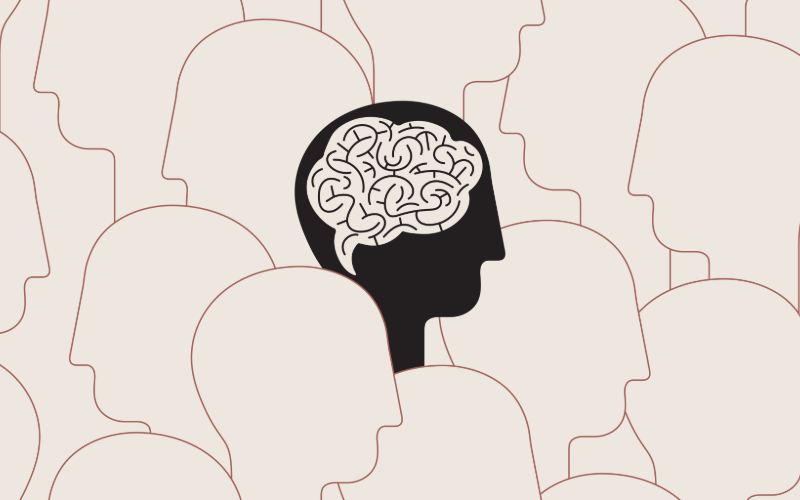
By Shelby Huffaker, MPH | Chair, San Diego Chapter of Americans for Safe Access
NOTE: If you are experiencing suicidal ideation or are in need of a substance use referral, help is available. Please dial the San Diego Access & Crisis Line (ACL) at (888) 724-7240, or 988 for the national Suicide and Crisis Lifeline.
Recent news coverage of a report highlighting data on the impacts of cannabis legalization in California—including in San Diego/Imperial Counties, the region’s High Intensity Drug Trafficking Area (HIDTA)—is generating quite a buzz. The periodic report, entitled Marijuana’s Impact on California, is funded by the Office of National Drug Control Policy and forefronts data linking the use of “THC and other substances” to high rates of suicide among individuals aged 25 and under in San Diego County. However, absent in the discourse about these and other findings in the report is the nuance between correlation versus causation—a basic concept taught in introductory public health courses.
Correlation means that a certain variable (typically genetic traits, behaviors, or environmental factors) is associated with a particular health outcome, but is not necessarily the cause. For example, individuals with a bachelor’s degree tend to live longer than those without one. Yet, no credible scientist claims that earning a degree causes longevity. Instead, other factors—like increased income, better access to healthcare, and higher health literacy—may explain both the degree attainment and the longer lifespan. These are known as confounding variables.
Causation, on the other hand, means that through a controlled process of elimination, certain variables can be shown to cause specific health outcomes (note that it is impossible to control for every confounder, and it is never possible to state with 100% certainty that something is causal. However, researchers can get very close). For example, by controlling for confounding variables, establishing temporal (e.g., X comes before Y, not the other way around) and dose-response relationships, there is now a great deal of evidence that smoking tobacco causes cancer.
The relationship between cannabis use and suicide is a correlational one, and there are a number of confounding variables that are not routinely controlled for and may lead teens and young adults to start using cannabis—including underlying mental health conditions, untreated chronic pain, and situations of domestic or interpersonal abuse.* For example, teens and young adults suffering from depression or who are genetically predisposed to the development of psychosis may be more likely to start using cannabis to self-medicate. Other medications associated with increased suicide risk include antidepressants, antipsychotics, antiepileptics, and antihypertensives. To be clear, this does not mean these medications cause suicide, but it could mean that individuals taking them have underlying conditions that predispose them to suicidal ideation. In sum, to infer that it is cannabis and not another underlying factor leading to suicide is misinformed at best and misleading and worst.
Our mission at Americans for Safe Access is to advance safe access to cannabis for therapeutic use and research. As part of this mission, we are dedicated to educating patients and consumers on how to use cannabis more safely and responsibly, including through guides on dosing and proper storage, and advocating for legislation to improve product testing and labeling.
Cannabis has been shown through decades of rigorous, controlled research to be effective in alleviating pain, as affirmed by the World Health Organization, the United Nations, the Department of Health and Human Services, and the National Academies of Sciences, Engineering, and Medicine, among others. Additionally, underage cannabis use continues to be stable despite an increasing number of states with cannabis legalization laws, and in 2024, federal data showed historically low levels of past-year cannabis use among 12 to 20 year-olds. In a nation facing a chronic pain epidemic, commonly addressed through the use of opioids, now is not the time to be spreading dangerous misinformation about cannabis that further restricts patient access. Rather, we must ground our public discourse in evidence, not fear.
*Notably, the number of suicides is presented as resulting from “THC and other substances,” but not THC alone. Those “other substances” could also be confounding variables.
About the Author
Shelby Huffaker, MPH is Chair of the San Diego chapter of Americans for Safe Access and a public health research coordinator who studies substance use. Her passions include cannabis, harm reduction, and the sociology of health, particularly as it relates to stigma and health equity. In her free time, Shelby enjoys running, singing in the shower, traveling, and spending time with her dog, Kai.






